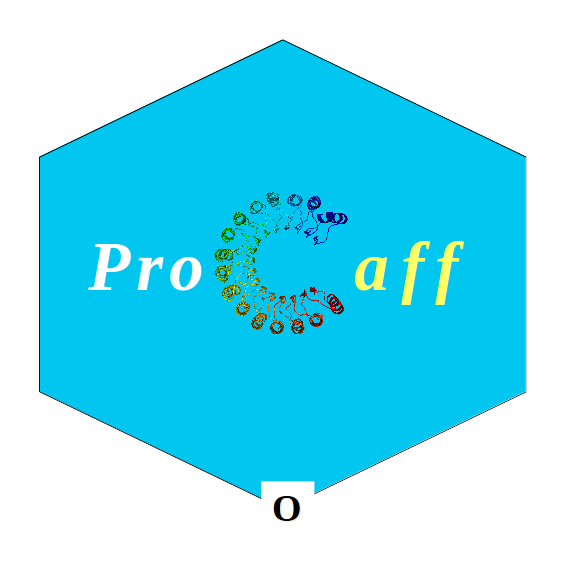GLOSSARY
ASA
- Accessible surface area for the residue in complex, unbound and difference between them are given.
Authors
- Authors contributed for binding affinity experiment of protein-carbohydrate interaction collected from the literature.
DeltaG (ΔG)
- Free energy values can be used to search protein-carbohydrate interaction. Range of values are expected to get results.
- Values were converted to unique format.
DDG (ΔΔG)
- Free energy values between mutant and wildtype can be used to search protein-carbohydrate interaction. Range of values are expected to get results.
- Values were converted to unique format.
Entry ID
- Entry ID is assigned by year of publication in ascending order. User can use these ID report to database administrator if any error found.
Experimental
- Experimental details are given to the user like pH, buffer, temperature and method used.
KD
- User can search by the dissociation constant of the protein-carbohydrate interaction. Range of values are expected to get results.
- Values were converted to unique format.
Keywords
- It is useful to search by any keyword(s) like protein, sugar, source, values, pubmed , PDB ID, UniProt ID, year and authors.
Mutation
- User can search for mutations by using 2 drop-down boxes available in search page.
- E.g. If user wants to search mutation E62A, then user can select Glu (E) from first drop-down and Ala (A) from second drop-down.
PDB ID
- Structure link is given to the PDB if structure is available.
Protein
- Protein names are given as mentioned in the literature and further details can be obtained from the literature about the protein.
References
- Gives the details about literature like authors, year, journal , volume, issue, page numbers and Pubmed ID.
Secondary Structure
- Secondary structure of wildtype residue is given for mutation data alone (Helix, Strand, Turn and Coil).
Source
- Source is an organism where protein is present or isolated for an experiment.
Sugar
- Sugars are carbohydrates which are interacting with the protein. Sugars are denoted in the same way as mentioned in the literature.
Wild-type
- Wild-type denotes the protein is wild-type and its not does not have any mutations in it.
Year
- Publication year of the literature.

